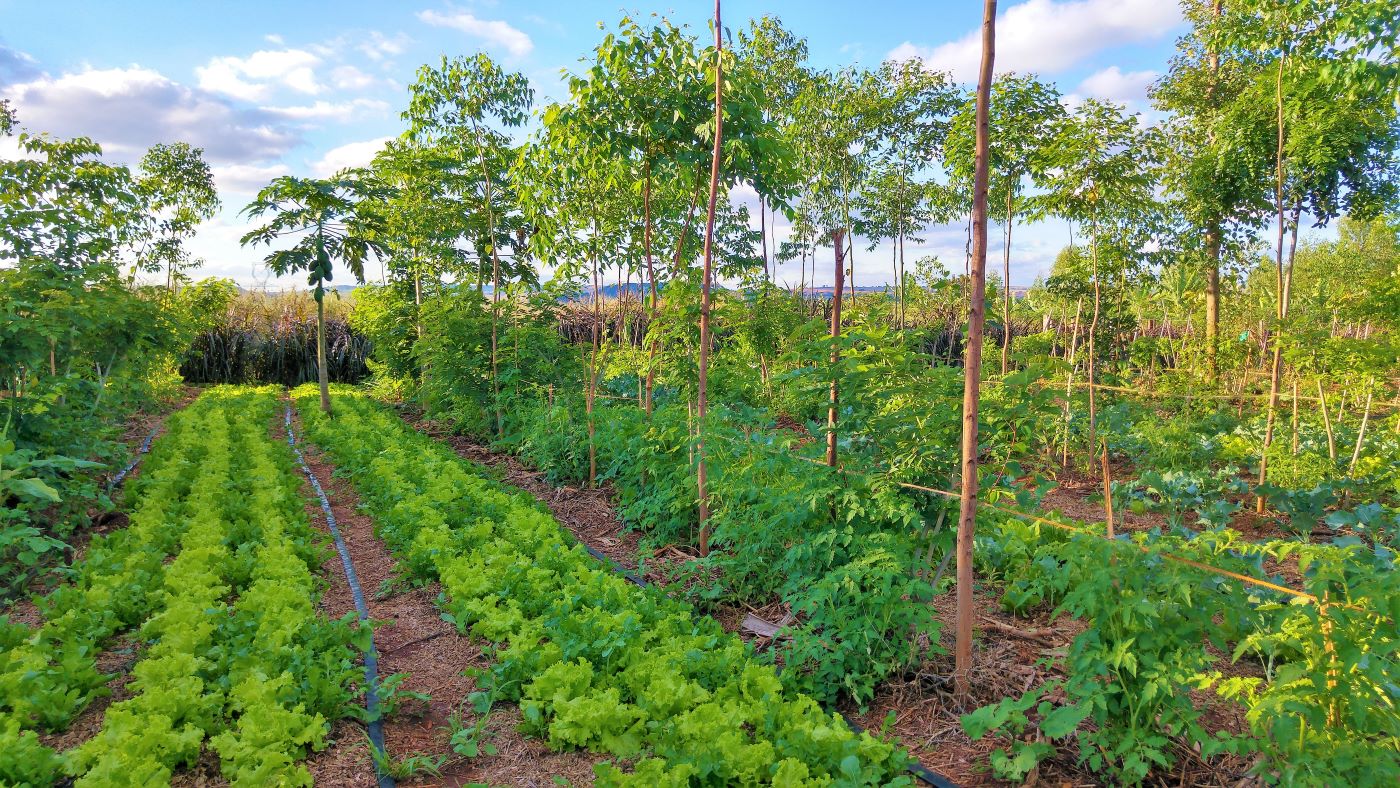



Planting the right trees in the right place is key for the climate — and healthy ecosystems.
The story: Reforestation efforts are growing, with billions of new trees planted every single year. This seems like good news for our climate — the more trees to capture carbon from the atmosphere the better, right? Well, not quite. Planting non-native trees in places where they don’t belong can actually make ecosystems far less resilient, reports Catrin Einhorn for the New York Times.
In some cases, well-intentioned (but ultimately harmful) projects have planted scores of trees on native grasslands or savannas where they would not naturally occur — permanently altering the fragile ecosystems on which wildlife and other native species rely. In others, fast-growing, non-native trees like eucalyptus are prioritized for timber or crops, which creates a monoculture situation, where one species dominates the forest — the opposite of a healthy, diverse ecosystem.
The big picture: Scientists estimate that 5.5 million hectares (13.5 million acres) of tropical forest — an area more than twice the size of Belize — is cut down every single year. So, getting reforestation right is incredibly important. One solution is to let deforested lands regenerate on their own. In 2020, a team of researchers, including Conservation International climate expert Bronson Griscom, set out to discover what would happen if we let forests that had been stripped of trees regrow naturally. Their research resulted in a global map that pinpoints forest areas with the most potential to help humanity combat climate change — as long as we leave them alone.
“This new dataset is a pivotal tool for determining where to target our restoration investments so that we can get the most bang for our buck, while re-greening the planet,” Griscom told Conservation News.
Source: Conservation International